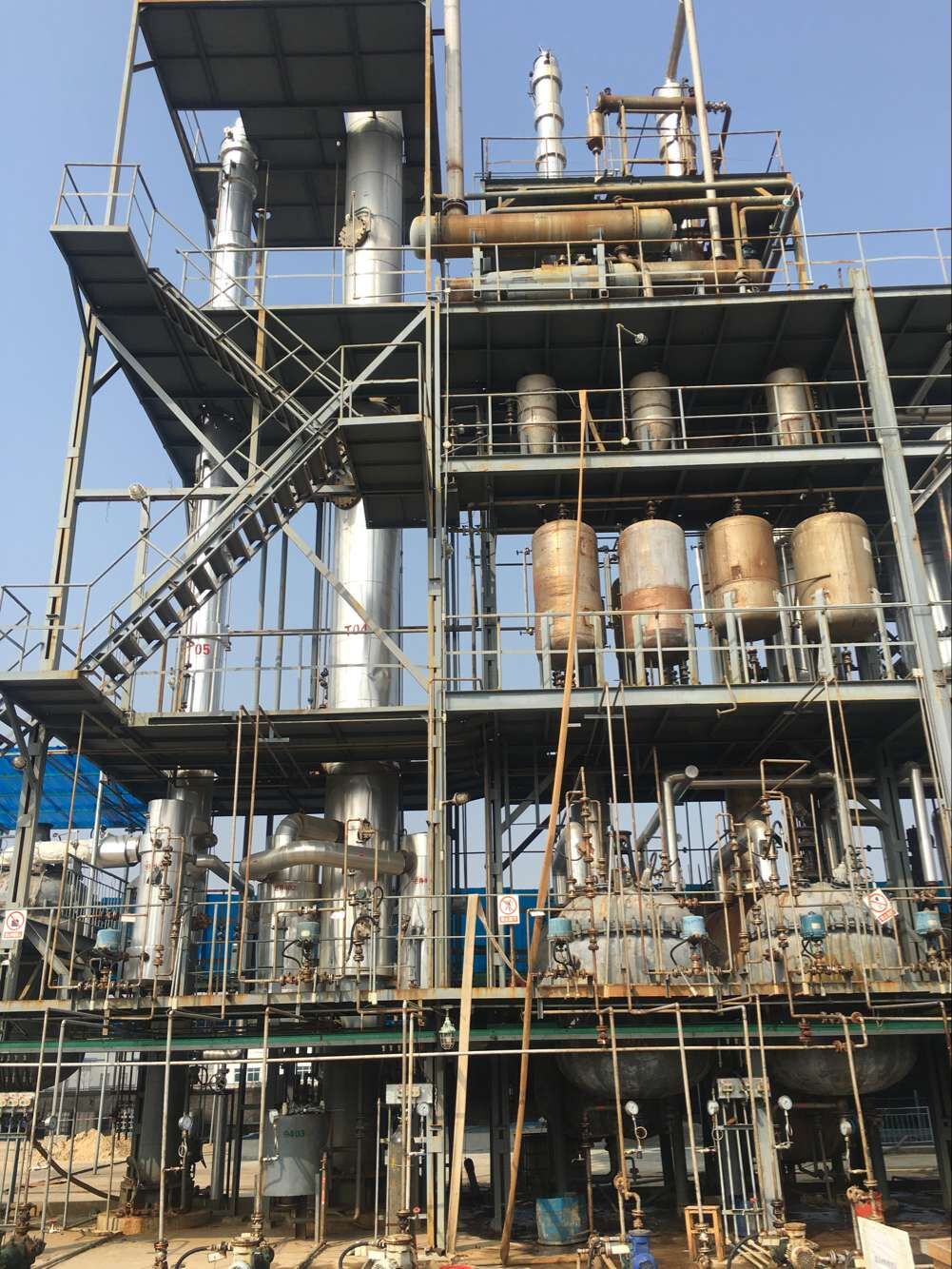How is Methyl Acetate produced in a plant?
In the realm of chemical synthesis, Methyl Acetate stands out as a crucial compound with a myriad of industrial applications. From its role as a solvent to its use in the production of various chemicals, understanding the intricacies of Methyl Acetate production is paramount. In this comprehensive guide, we delve into the fascinating process of how Methyl Acetate is produced in a plant, offering a detailed exploration that goes beyond the surface.
The Raw Materials
The journey of Methyl Acetate begins with the selection of high-quality raw materials. Methanol, a key ingredient, is sourced meticulously to ensure the highest purity levels. Additionally, acetic acid, another essential component, is chosen with precision, adhering to strict quality standards. The synergy between these two primary raw materials sets the stage for a streamlined production process.
Catalyzing the Reaction
Distillation of Methanol
The first crucial step in Methyl Acetate production involves the distillation of methanol. This process is meticulously controlled to eliminate impurities and ensure the purity of the methanol used in the subsequent reaction. The distillation apparatus, equipped with cutting-edge technology, plays a pivotal role in achieving the desired outcome.
Acetylation Process
With pure methanol in hand, the acetylation process takes center stage. This reaction involves the combination of methanol and acetic acid under carefully controlled conditions. A catalyst, often sulfuric acid, accelerates the reaction, promoting the synthesis of Methyl Acetate. The precision in controlling temperature, pressure, and reaction time is paramount to achieving optimal yield and purity.
Distillation and Purification
Following the acetylation process, the crude mixture undergoes distillation once again. This step is instrumental in separating Methyl Acetate from any remaining impurities or by-products. The distillation columns are designed to fractionate the components efficiently, resulting in a high-purity Methyl Acetate stream.
Advanced Technologies in Plant Design
Reactive Distillation
In cutting-edge Methyl Acetate plants, reactive distillation has emerged as a game-changer. This innovative approach combines the reaction and separation processes in a single unit, enhancing efficiency and reducing energy consumption. The integration of advanced technologies like reactive distillation underscores the commitment to sustainability in modern Methyl Acetate production.
Quality Control Measures
Ensuring the quality of the final product is non-negotiable in Methyl Acetate production. Rigorous quality control measures are implemented at every stage of the process. Analytical techniques, such as gas chromatography and spectroscopy, are employed to assess the purity and composition of the Methyl Acetate, guaranteeing it meets or exceeds industry standards.
Environmental Considerations
Waste Management
In the pursuit of sustainable production, effective waste management practices are integrated into the Methyl Acetate production process. By-products and waste streams are carefully treated and recycled whenever possible, minimizing environmental impact and contributing to a circular economy.
In conclusion, the production of Methyl Acetate in a plant is a sophisticated and intricate process that involves a meticulous selection of raw materials, precise reactions, and advanced technologies. By understanding the nuances of this production process, industries can not only meet the growing demand for Methyl Acetate but also contribute to sustainable and environmentally conscious manufacturing practices.



